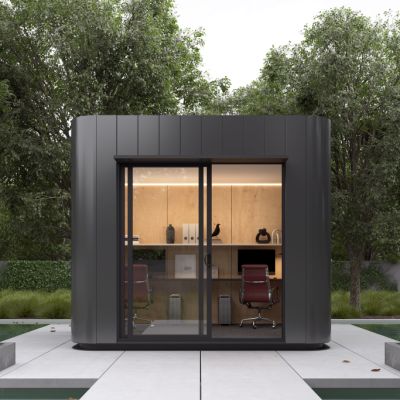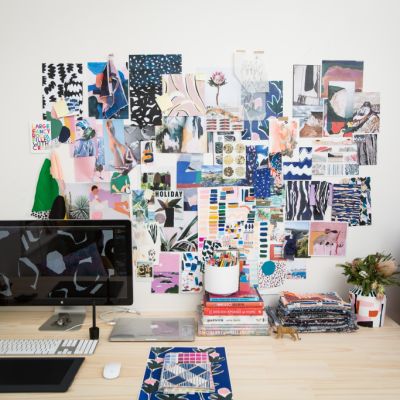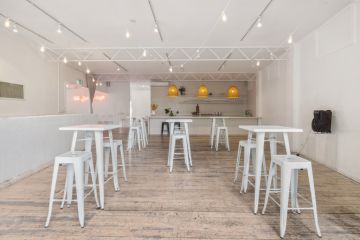Soundproofing your home is easier than you think

From soft furnishing choices to floor coverings and doors that shut out the noise, soundproofing has become the hottest topic during the pandemic, as we try to navigate our working-from-home scenario.
Our homes have become more than a place we retreat to after a hard day’s work – it’s where we meet for meals, exercise, study and work our new 9-to-5 grind as we’re forced to rejig the way we do things.
Everyone’s needs in the home are important, but trying to fend off the noise has become one of the more trying aspects of this new way of living.
According to KWD’s interior designer Kate Walker, it’s all about adding layers of fabric to dampen and absorb sounds.
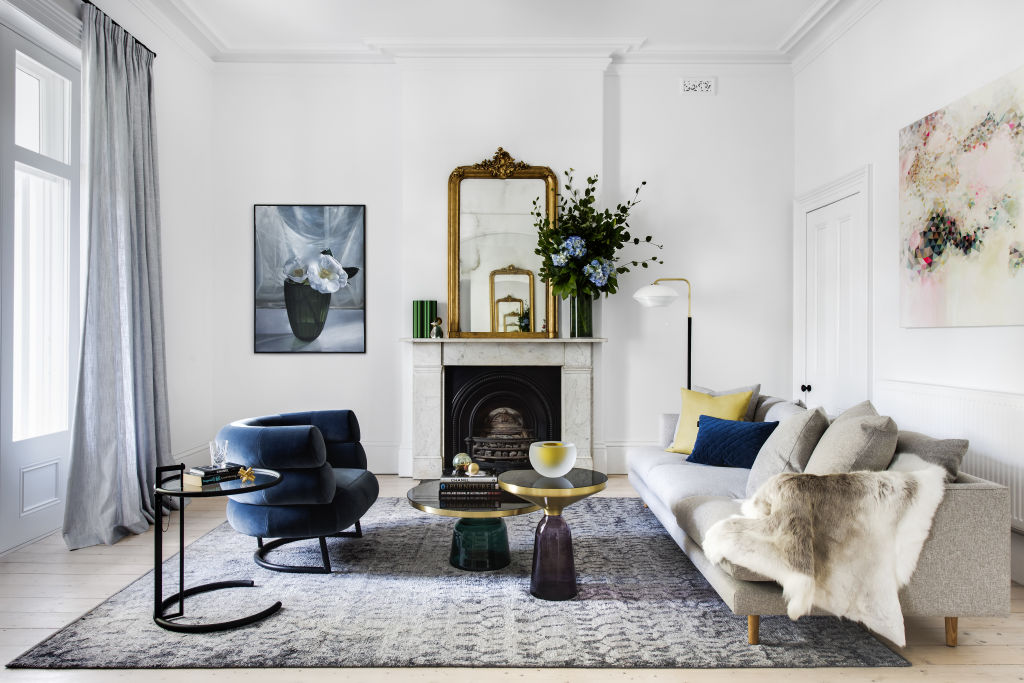
“If you have timber floors, add a large rug. You can also add a layer of rubber or felt for additional soundproofing,” Walker says.
“Dining tables and chairs are the cause of a lot of noise too, so add felt to the feet. You can even add felt to the feet of kitchen stools and a layer of foam underneath kitchen island benches.”
If you’re using your living room as your office, add cushions for less noise. “Adding curtains to windows can help dampen noise and felt or fabric light shades and pendant lights and lamps which all assist with sound absorption too,” Walker says.
Those who already have an existing study at home have suddenly found one isn’t enough, especially when everyone is home. It’s a sign that the way we had tended to approach including them in our homes has fast become outdated since the pandemic hit.
“When it comes to home design, the future is all about creating spaces that are multi-functional,” says K2LD Architect director Tisha Lee, who has been working from home with her husband and teenagers – with all on Zoom at the same time.

“It’s about taking it in turns to use that study depending on someone’s needs for optimal quiet, but more about allowing bedrooms to be multi-purpose. We need to be able to shut those doors and not hear what is happening around us,” she says.
DKO Architecture director Michael Drescher says a bedroom can no longer be just that any more.
He says we need to build homes that factor in the ability to convert them into a functional office space too. So whether you’re in an apartment or home, rooms should come equipped with shelving that can convert to wardrobes and desks that can be added without compromising the space within.
“What we have learnt during COVID-19 is that not enough attention has been placed on how we soundproof our homes to make it workable for situations we find ourselves in,” Drescher says.
“Instead of adding timber everywhere, think of soft furnishings, sofas with throws and doors that really block out the noise.”
He says the best way to soundproof your home is by adding doors if you have existing sliding ones.
“If your space allows it, it’s about being able to close down rooms so you have a sense of space and privacy. Open plan is nice, but it’s not conducive to working from a quiet place,” he says.
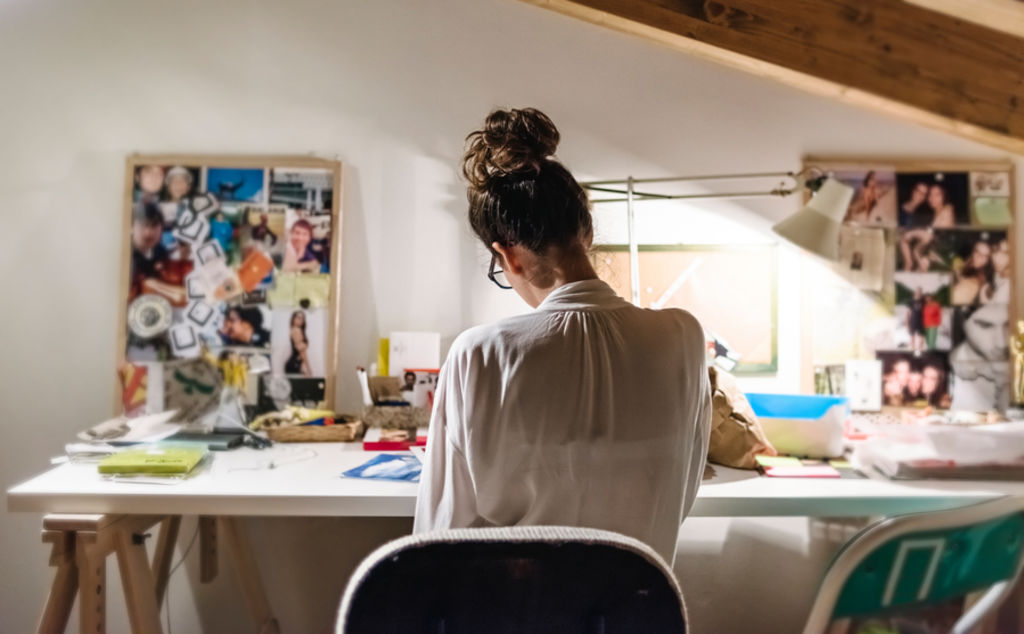
Those in apartments needn’t feel shut out of the soundproofing options. If the sound of your housemate walking on timber stairs is bothering you, lay down a rug – with a sturdy under-grip so they don’t face-plant down them, of course.
If you’re in a spacious, open-plan warehouse-style apartment where concrete flooring is all you’ve got, then you’re up for a greater challenge.
“Noise has always bounced off concrete floors, and the only way to absorb the sound here is with furnishings,” Drescher says.
But there is a reason to smile.
“Cork flooring is a huge hit when it comes to soundproofing and can be used in any home or apartment,” Drescher says.
“It’s environmentally a good choice and often used in education settings – a beautiful material to help absorb sound and it’s nice to walk on.”
A study published in the British Journal of Psychology found that employees asked to perform a task in a noisy office were 67 per cent less productive due to the distractions around them. There’s no doubt the same applies for those trying to concentrate at home.
If you’re considering renovating your home or adding an extension, some soundproofing considerations are to lay carpet instead of timber floors – because we all know timber loves nothing more than an echo.
“Choose fabric rather than leather for upholstery and add indoor plants to collect the noise too,” Walker says.
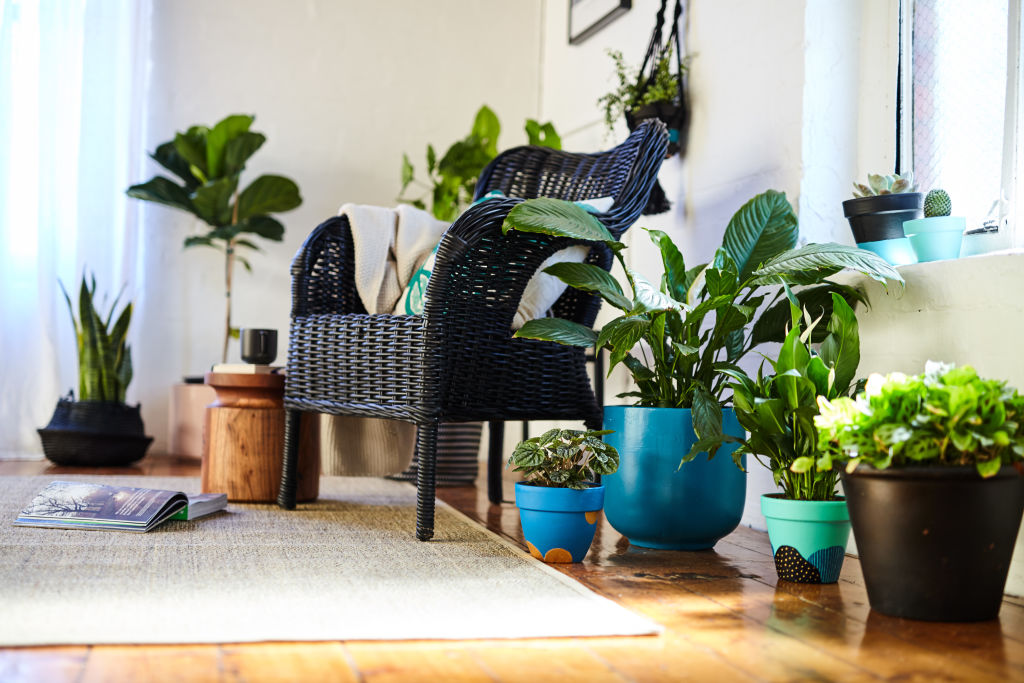
If your bedroom is side by side with that of a super noisy housemate, add a cork pinboard to your walls. Walker suggests styling it up with a felt covering to create a mood board.
According to Jason Neophytou, a lifestyle expert at HPM, soundproofing your home also comes down to the appliances you choose. He says the most overlooked aspect is checking your power points and making sure your power board is fully working.
“Your laser printer might be creating a hum or buzz that doesn’t relate entirely to the product itself,” he says.
“The energy point and power board can cause the product to make extra noise too. You should also get rid of any outdated halogen lights as they make a lot of noise and go for LED instead, and now that we’re moving into summer, a fan with timber blades is super quiet and can save energy too.”
We recommend
We thought you might like
States
Capital Cities
Capital Cities - Rentals
Popular Areas
Allhomes
More
